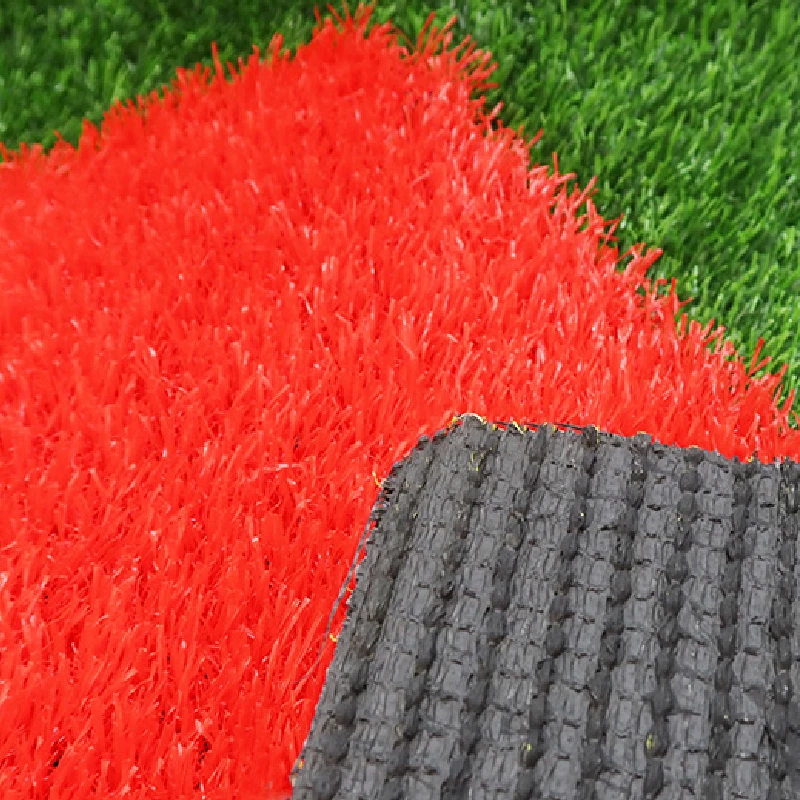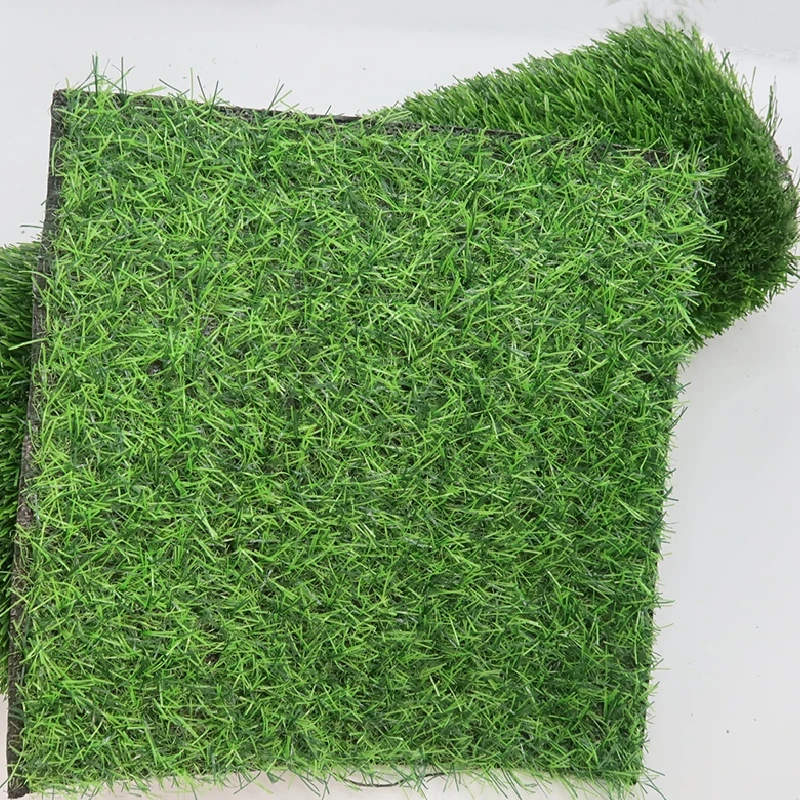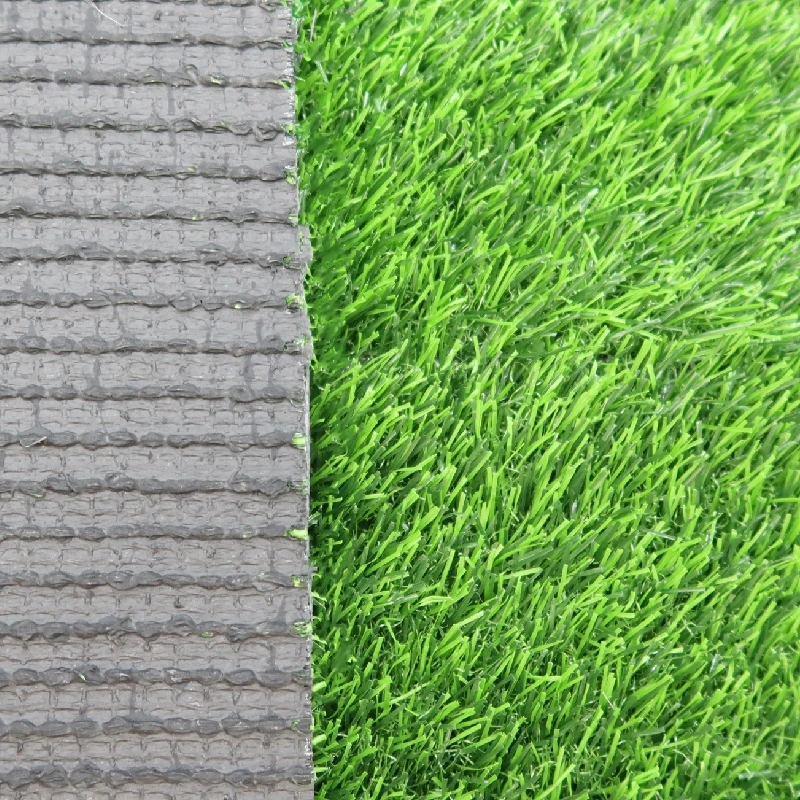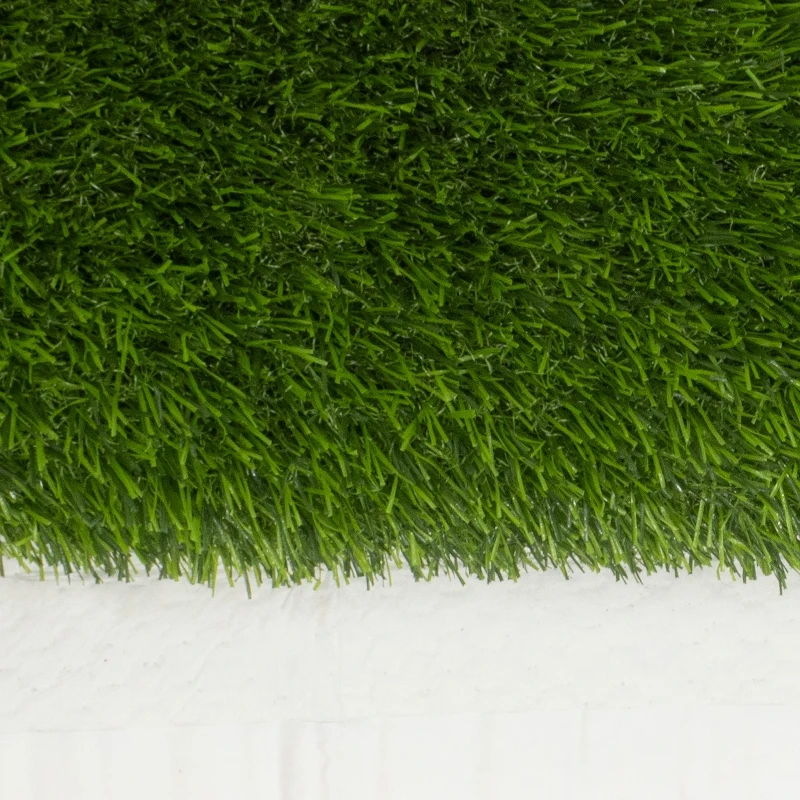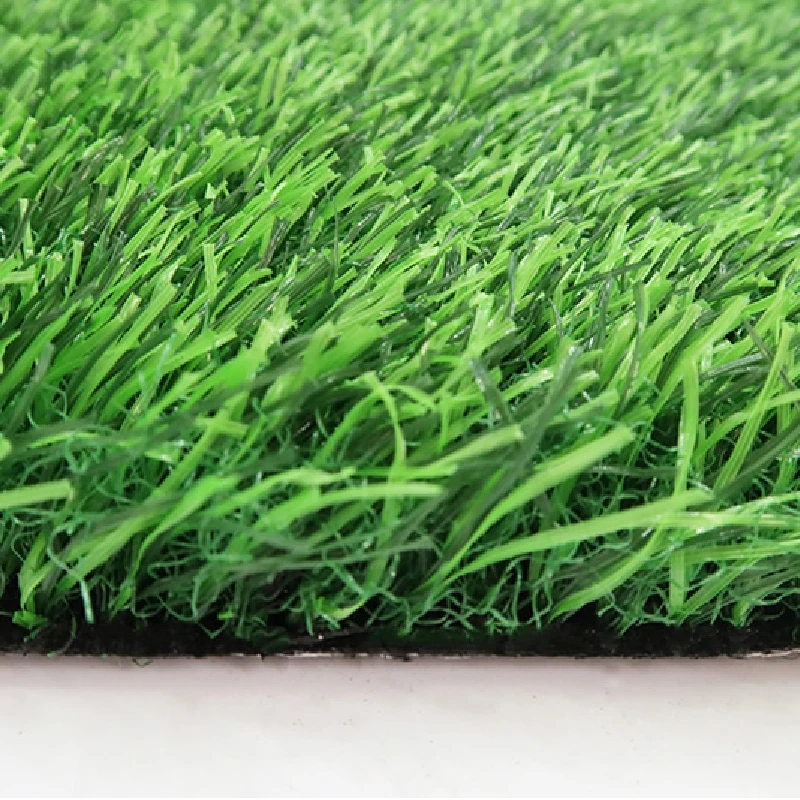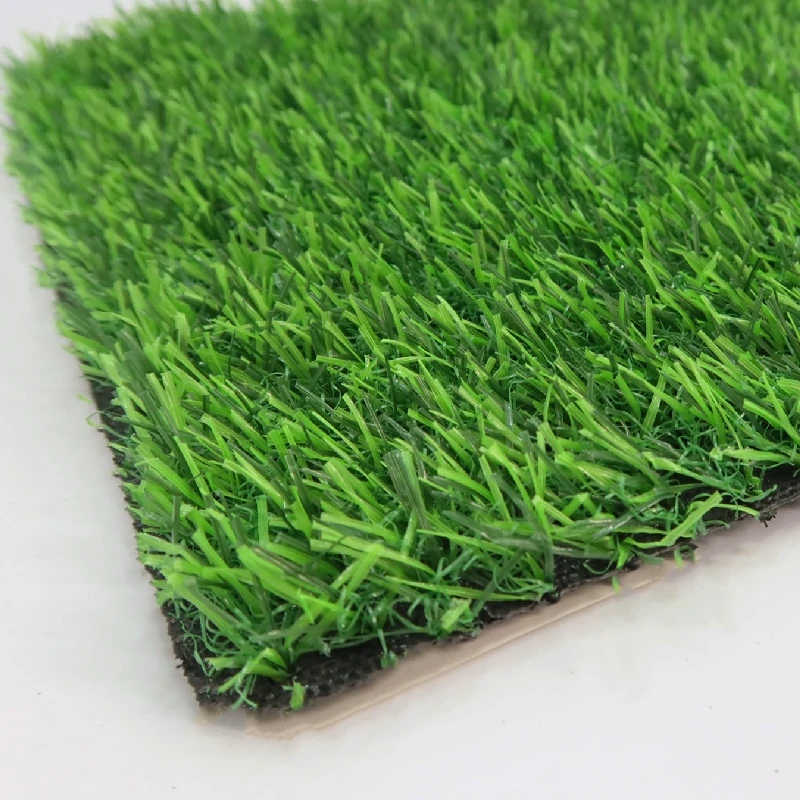Turf Between Pavers: Sustainable Green Paving Solutions for Modern Urban Spaces
Nov . 24, 2025 14:01 Back to list
What is Turf Between Pavers and Why It Matters Globally
When you picture a paved walkway or a driveway, you might not immediately think about the small slices of green poking through—the grass or turf that grows between paver stones. Yet, turf between pavers plays a significant role in urban landscaping and infrastructure worldwide. It blends nature and functionality, offering environmental, aesthetic, and engineering benefits.
In an era where sustainable development is more than just talk—it's a global urgency backed by organizations like the United Nations and ISO standards—understanding how turf integrates with paving materials brings fresh solutions to urban challenges. The secrets behind this simple combination might, in fact, hold the key to cooler cities, better water management, and more inviting outdoor spaces.
The Global Context of Turf Between Pavers
Across continents, rapid urbanization is reshaping landscapes. According to the UN's World Urbanization Prospects (2018), by 2050, about 68% of the world population will live in urban areas—a staggering jump that pressures green spaces and stormwater systems like never before.
In cities battling heat islands and flooding, traditional concrete or asphalt pavements don’t just look uninspiring, they exacerbate runoff and temperature spikes. Here is where turf between pavers provides an ingenious compromise: allowing vegetation to soften hardscape’s impact without sacrificing functionality.
This method also supports goals in green infrastructure, contributing to ISO standards on environmental management (ISO 14001, for example). But the challenge remains—how do you keep turf durable, maintainable, yet strong enough for heavy foot or even vehicular traffic?
Defining Turf Between Pavers and Its Relevance
Put simply, turf between pavers describes living grass, artificial turf, or other vegetation installed in the gaps between paving stones or blocks. Unlike monolithic surfaces, this approach mimics natural ground while maintaining the stability of paved paths or patios.
It's a hybrid technique gaining traction in landscaping, civil engineering, and urban planning. Not only does it enhance aesthetics, but it also improves soil permeability and reduces the so-called "heat island effect." In humanitarian contexts—like temporary shelters or clinics—this combination can create more breathable, visually calming environments.
Key Factors Behind Effective Turf Between Pavers
Durability
Turf must withstand foot traffic, weather swings, and maintenance routines. Whether natural or synthetic, the turf should flex without cracking adjacent stones or wearing unevenly.
Drainage & Permeability
The gaps filled with turf allow rainwater to infiltrate the soil rather than flow over impermeable surfaces, cutting flood risks and recharging groundwater.
Maintenance
Keeping turf healthy or synthetic turf intact involves watering schedules, mowing, cleaning debris, or periodic replacement. Choosing suitable species and design affects upkeep effort.
Cost Efficiency
While initial costs might be slightly higher than solid paving, long-term savings come from reduced drainage infrastructure and better longevity.
Aesthetic & Social Impact
The visual appeal of green spaces improves community wellbeing, encouraging outdoor activities and fostering social cohesion.
Scalability
From small residential patios to large public plazas, turf between pavers adapts easily, suiting diverse project scales and budgets.
Global Applications: Turf Between Pavers in Action
From the cobbled plazas of Barcelona to parking areas in Singapore's dense cityscape, turf between pavers is more than local flair. It’s a well-tested solution. Urban planners in Europe have adopted permeable ‘grass pavers’ to comply with stringent runoff regulations under EU Water Framework directives.
In North America, sports fields and eco-conscious residential zones widely use this system to counter compacted soil and erosion. Meanwhile, Australian cities exploit turf's cooling effect, softening their blistering urban environments.
Even humanitarian agencies have caught on. In post-disaster zones, where rapid deployment of viable infrastructure is critical, turf-lined paths reduce dust and mud, making camps more livable while minimizing environmental damage.
Advantages & Long-Term Value of Turf Between Pavers
- Cost Savings: Reduced stormwater management expenses thanks to natural infiltration.
- Environmental Benefits: Supports biodiversity and mitigates urban heat islands.
- Safety & Comfort: Turf offers a non-slip surface and softer fall areas.
- Community Appeal: Green, breathable spaces improve mental well-being.
- Durability: Properly installed systems last decades, outshining traditional pavements prone to cracking.
Emotionally speaking, the presence of green instills a sense of calm, ownership, and connection to nature that cold concrete never can. Logically, it’s a win-win for planners who want to invest in innovation, sustainability, and reliability simultaneously.
Emerging Trends & Innovations to Watch
Interest in integrating turf between pavers with smart-city tech is growing: embedded sensors monitor soil moisture, temperature, and traffic stress, optimizing irrigation and maintenance schedules.
Meanwhile, advances in synthetic turf now replicate natural grass texture and resilience without the water needs—perfect for arid regions pursuing sustainability goals.
Policy trends support incentives for installing permeable pavements, with green rebates appearing in large US cities and EU directives encouraging ecologically responsible urban design.
Challenges and How to Overcome Them
No solution is flawless. Turf between pavers faces issues such as weed invasion, mowing difficulty, and potential turf damage from heavy use.
However, experts suggest using modular paver systems with snap-together edges that simplify turf replacement, or pairing native drought-resistant grasses to improve hardiness and maintenance.
Also, educating users and maintenance crews ensures turf longevity—plus, regular inspections can spot early issues, keeping wear and tear manageable.
FAQ: Common Questions About Turf Between Pavers
Q1: How long does natural turf last between pavers before needing replacement?
Most natural turf can last 5-10 years depending on traffic and climate, but with good care, it sometimes lasts longer. Synthetic turf may last 15+ years but at a higher upfront cost.
Q2: Is turf between pavers suitable for areas with heavy vehicle use?
It depends. Special reinforced turf paver blocks are designed for light vehicular traffic like parking lots, but heavy trucks usually require more robust concrete settings.
Q3: Can turf between pavers reduce urban heat island effects significantly?
Yes, studies have shown that permeable paving with turf can lower local temperatures by increasing evaporative cooling compared to asphalt or concrete surfaces alone.
Q4: What’s the best type of grass to plant between pavers?
Low-growing, hardy species like fescue or Bermuda grass are popular due to their drought tolerance and slow growth, reducing frequent mowing.
Q5: How do turf paver systems handle drainage?
The turf-filled gaps act as bio-retention areas, allowing water to seep into the ground naturally, dramatically reducing runoff and flooding risks.
Conclusion: Why Turf Between Pavers is a Smart Investment
Integrating turf between pavers isn’t just a trendy landscaping choice—it’s a practical, environmentally sound, and socially impactful solution that meets modern urban challenges head-on. From improving water management to boosting aesthetic quality and residents’ wellbeing, this blend of green and stone is quietly reshaping cities and communities worldwide.
If you’re curious to explore innovative paving and landscaping solutions, visiting turf between pavers specialists might be the right next step. After all, our cities need green-thinking more than ever.
Product Specification: Typical Turf Between Paver System
| Specification | Description |
|---|---|
| Paver Material | Concrete or recycled rubber blocks |
| Gap Width | 25-50 mm filled with turf or turf substrate |
| Turf Type | Natural grass (e.g., fescue) or synthetic turf |
| Load Capacity | Light to medium pedestrian and vehicle traffic |
| Drainage Rate | >15 liters/min/m² (varies by soil type) |
| Installation Time | 2-4 days for typical residential patio (~50 sqm) |
Vendor Comparison: Leading Turf Between Paver Providers
| Vendor | Material Options | Typical Projects | Pricing Tier | Green Certifications |
|---|---|---|---|---|
| EcoPave Solutions | Concrete & recycled composite blocks, natural turf | Urban plazas, park walkways | Mid | ISO 14001, LEED credits |
| GreenGrid Co. | Synthetic turf integrations, permeable pavers | Sports fields, large commercial lots | High | Cradle to Cradle Certified® |
| UrbanRoots Landscaping | Natural turf, drought-tolerant mixes | Residential, small commercial | Low | None |
Final Thoughts
I suppose the appeal of turf between pavers lies not just in its looks but in the way it meshes ecology, engineering, and urban lifestyle into a neat package. Keep an eye on evolving tech, materials, and policies—it feels like just the beginning.
References:-
Durable, Eco-Friendly Turf for Balcony | Enhance Your Urban Space
NewsNov.24,2025
-
Discover the Benefits of Turf and Pavers Backyard | Sustainable Outdoor Design
NewsNov.24,2025
-
Top Quality Artificial Grass – Sustainable, Durable, and Stylish Turf Solutions
NewsNov.24,2025
-
Durable and Eco-Friendly Thick Artificial Grass Solutions | Hoya Grass
NewsNov.24,2025
-
Synthetic Turf: Sustainable Green Solutions for Sports, Industry & Urban Living
NewsNov.24,2025
Products categories



